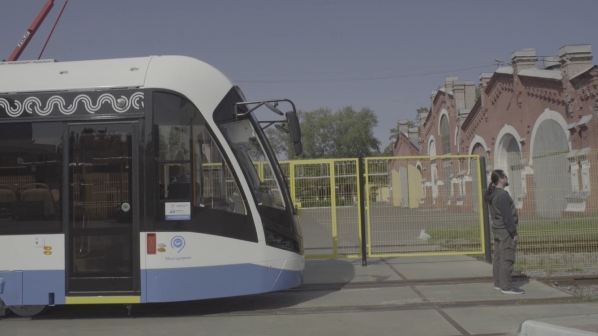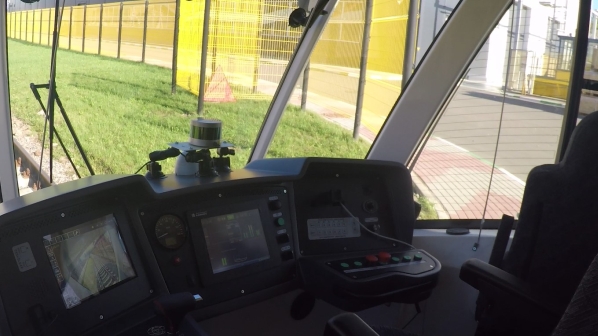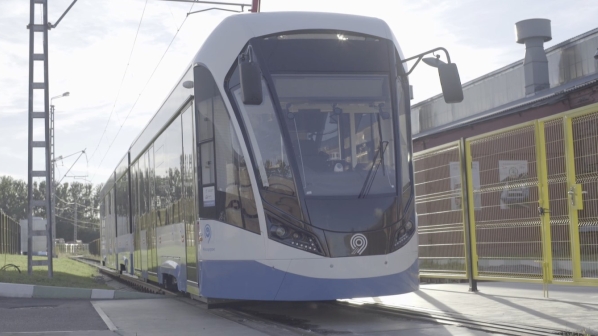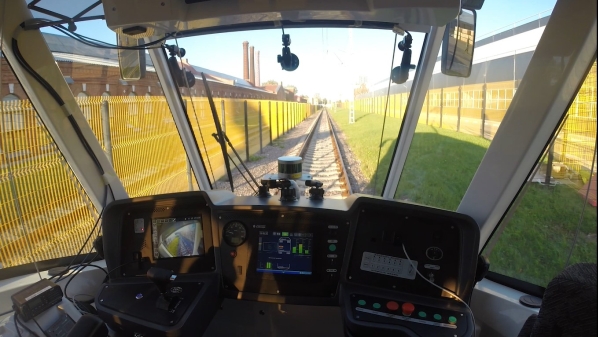Over the next two months, the two companies will test the autonomous train in closed facilities with a driver in the cab, before conducting tests on one of Moscow’s tram lines.
Cognitive Technologies says the autonomous driving system reliably detects vehicles and other trams, traffic lights, pedestrians, tram and bus stops, railway switches and various obstacles. The tram is also able to stop in front of the obstacles, maintain a safe distance from cars ahead, accelerate and stop without driver intervention.
“The combination of sensors such as cameras and radars ensures the accurate and reliable detection of road scene objects in any weather conditions including at night and in rain, fog, snow, and blinding light,” says Cognitive Technologies president, Ms Olga Uskova.

“The ‘cognitive low level data fusion technology’ that has been developed by our engineers allows the computer vision model to efficiently use all the combined ‘raw’ data coming from cameras and radars. This integration of data from different devices makes it possible to fill the missing information to better understand the current road scene.
“Cameras, for example, correctly recognise objects in 80% of cases, while additional data from radar raises the detection accuracy to 99% and higher. This approach is unique in many ways and sets us apart from many of our competitors.”
As well as an AI-based computer vision system, the tram is also equipped with between 10 and 20 video cameras located around the perimeter of the tram and up to 10 radars. The tram will also use GPS sensors while high-precision cartography will be used along the route.

Cognitive Technologies says the intelligent control system will act as a driving assistant in dangerous situations in the first stage of operation, but an operator will remain in the cab during the second phase as “back-up” until legislation around the use of autonomous vehicles is changed.
“The presence of an operator in the cabin in the coming years is also necessary from a psychological point of view,” the company says. “Many passengers are not yet ready to adequately respond to the complete absence of the driver in the tram.”


